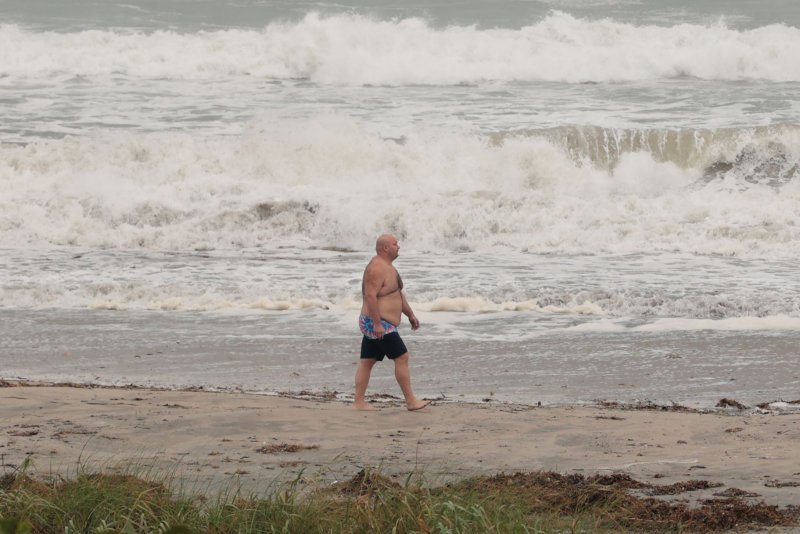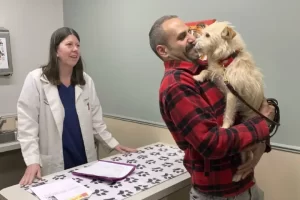According to a new study, sewage-polluted coastal waters in Southern California become airborne as sea spray aerosol and can travel to persons on land, even away from the beach.
Between January and May 2019, scientists collected samples of water from the Tijuana River and coastal aerosols at Imperial Beach in San Diego County for this study.
Rainfall hampers wastewater treatment in the area near the U.S.-Mexico border, causing untreated sewage to be redirected into the Tijuana River and run into the ocean in south Imperial Beach.
Researchers found that this has been an issue in Imperial Beach for many years.
When waves break and bubbles pop, sea spray results. In the ensuing aerosol, there are germs, viruses, and chemicals from the ocean.
The scientists discovered that ocean aerosols contained bacteria and chemicals coming from the contaminated Tijuana River using DNA sequencing and mass spectrometry.
According to lead researcher Kim Prather, an atmospheric chemist and professor at the University of California, San Diego’s Department of Chemistry and Biochemistry and the university’s Scripps Institution of Oceanography, approximately 13 billion gallons of sewage-polluted waters have entered the ocean through the Tijuana River this winter.In a university news release, Prather stated, “We’ve proven that up to three-quarters of the bacteria that you breathe in at Imperial Beach are coming from aerosolization of raw sewage in the surf zone.
She stated, “Traditionally, coastal water pollution has only been seen as a waterborne issue. Although the aerosols can travel far and expose many more people than simply those at the beach or in the ocean, people only care about swimming and surfing in it, not breathing it in.
The researchers concluded that this does not imply that sewage in sea spray aerosol is making people ill.





